Tesla is the market leader in the Electric Vehicle segment and old companies are launching new and new models to sustain their business. Big companies like Hyundai, Toyota, Ford, and Tata are aggressively launching new EV cars.
To sustain in this emerging market, Hyundai launched its new car Hyundai Ioniq 6 in the sedan EV segment that directly competes with Tesla. Today, we are going to provide an insightful analysis of these two remarkable electric cars. This comparison includes interior, technology, exterior, performance capabilities, design, and other value propositions.
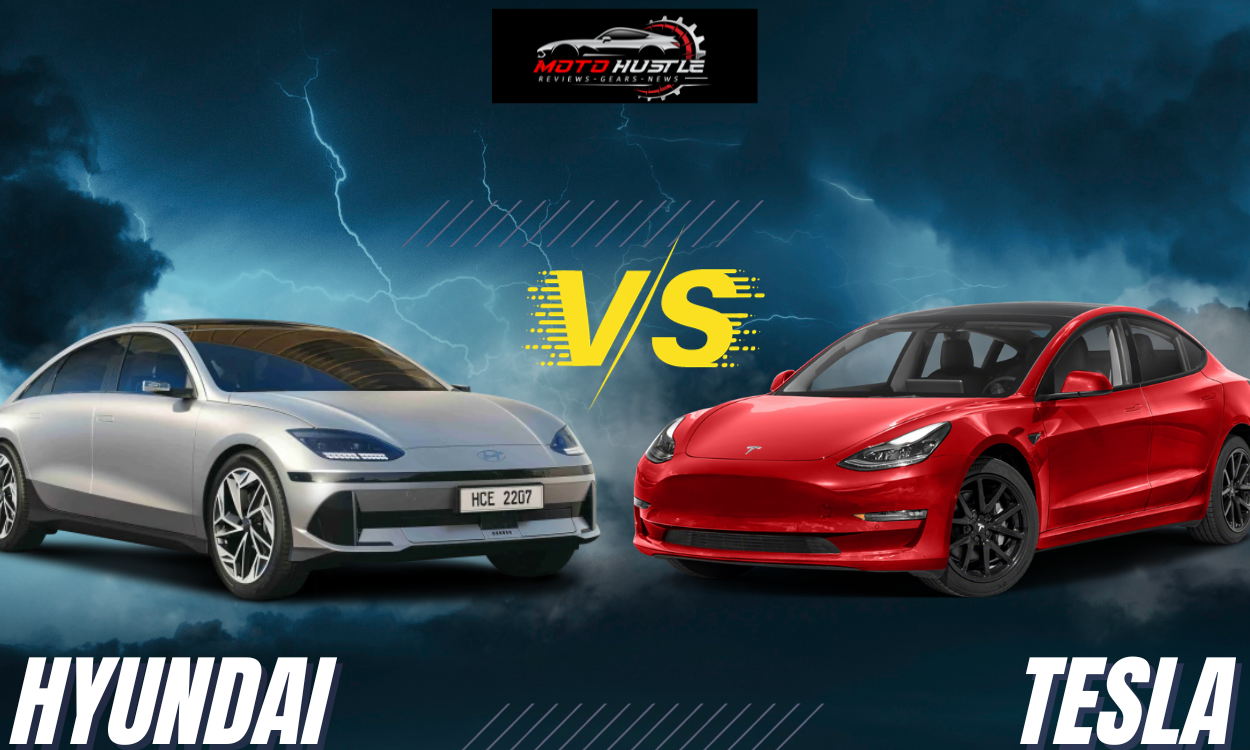
Look Also: First Alleged Glimpse at Tesla Hw4 New Headlight Cameras
Let’s delve into the details
1. Exterior and interior styling
Tesla Model 3
Tesla is doing a great job when we talk about its interior and exterior. The Tesla Model 3 has a simple and clean look with smooth lines.
The car’s interior look is very minimalist, and clean with a big touchscreen in the center. The outer & inner material of the car is high-quality, simple, and perfectly fit. You change things like mirrors and the steering wheel using the screen.
Hyundai Ioniq 6
The Ioniq 6 has a unique design with interesting features like active shutters in the front and dual spoilers at the back. You can’t manage this car completely from the screen, but it has buttons to control the car that give premium look.
It uses eco-friendly materials made from recycled plastic bottles and fishing nets. The doors are not as soft touch as those in the Tesla but they are more sustainable.
2. Cabin space
Tesla Model 3
If you look out the inside of the Tesla Model 3, there is enough space available to comfortably sit and add your luggage. This is especially because of the glass roof that gives more headroom.
The seats are made of soft vegan leather that gives durability and comfortability. The back seat has more headroom but less legroom and 3 people to sit comfortability here. The Tesla Model 3 has a lot of storage space with a large trunk backside and a small front trunk.
Hyundai Ioniq 6
The Hyundai Ioniq 6 feels a bit cramped both in the front and back seats. The sunroof and screens make the space feel smaller on the front sheet, but the seats are more adjustable.
In the back sheet of the car, you can see more headroom than the front sheet but taller people may feel squeezed due to the roof shape. This car offers more legroom compared to the model 3. Ioniq 6 offers enough storage in front and back but it is less than model 3.
3. Driving feel
Tesla Model 3
This Tesla model offered an improved battery than the previous one which offers a range of 272 miles on a single charge. Despite having less power than the Hyundai Ioniq 6, the Model 3 feels lighter and more quick in certain situations.
The steering of the car is agile, responsive, and adjustable as per the driver’s need. The car is not able to handle bumps well and does not provide enough comfort on rough roads.
Hyundai Ioniq 6
The Ioniq 6 is available in a top-spec version with a heavier weight but still feels agile and responsive.
The car offers enough suspension to handle bumpy roads much better than the Model 3. This offers a good balance between comfort and sportiness. There are different driving modes available to customize as per your driving experience. It accelerates quickly and responds promptly.
4. Technology Driven
Tesla Model 3
Tesla is spending too much money on developing new technologies. The car has 15 inches touchscreen to control the complete car including sheets, a mirror, a speaker, a front engine, a door, and other features.
Tesla provides standard navigation and user-friendly voice recognition. Premium subscription adds features like satellite maps, live traffic, web browsing, and video streaming. The car offers a visualizer with a proximity warning system, adaptive cruise control, and the ability to add third-party apps like Spotify and Zoom.
Hyundai Ionic 6
The car comes loaded with tech including safety features like automated emergency braking, blind-spot monitoring, rear cross-traffic alert, and lane assists as standard.
There are many other features like a natural-feeling blind view monitor and a head-up display with augmented reality navigation. Voice controls and parking assist are available with higher-end models.
Conclusion
When you compare both cars you feel Tesla is a better option than Hyundai. That is true but if we talk about reliability, stability, durability, and safety then the Hyundai Ioniq 6 is a better option. Tesla is offering better technology features, better storage, improved battery, and less safety. The Model 3 is also an affordability option in comparison to Hyundai. Plus, the supercharger network of Tesla has a significant advantage in the electric vehicle market over other car makers.
FAQ’s
Tesla has an extensive Supercharger network for fast public charging. Home charging is possible with a Tesla Wall Connector. The Hyundai Ioniq 6 uses standard public charging stations, and home charging can be done with a Level 2 charger or a regular household outlet.
In the United States, the base Tesla Model 3 starts at $41,630, while the Hyundai Ioniq 6 begins at $42,715. The Model 3 offers varying range options, including a long-range version with 333 miles. In Canada, the Ioniq 6 starts at $56,924 CAD, providing up to 361 miles of range with the larger battery.
The Hyundai Ioniq 6 can charge up to 235 kW at DC fast chargers that offer 10-80% charge in under 20 minutes. Home Level 2 charging takes a little under 7 hours with the larger battery pack. The Tesla Model 3 offers a faster 250 kW Supercharger network but may take longer for home charging due to the smaller battery.
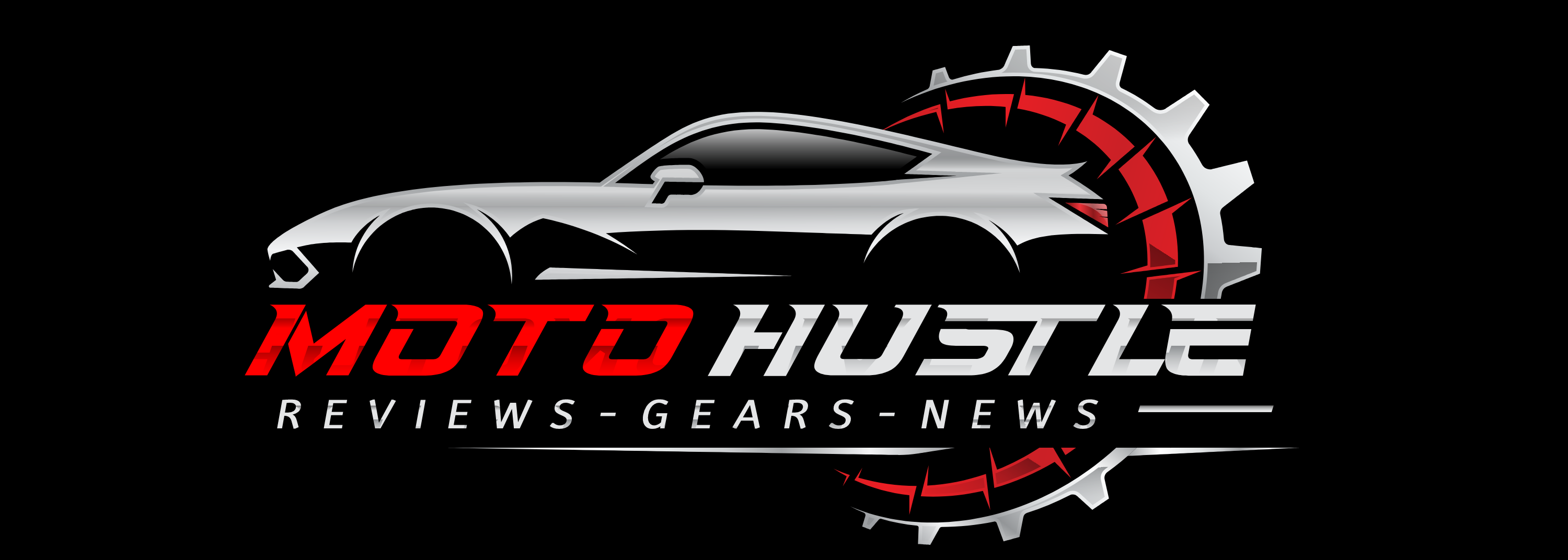
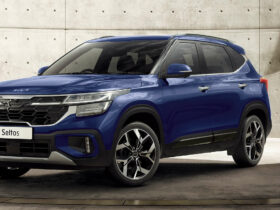
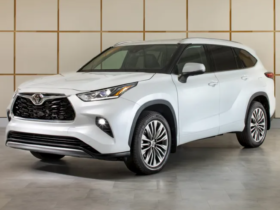
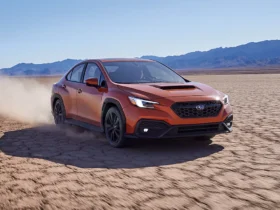
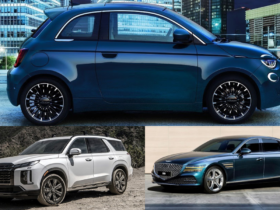
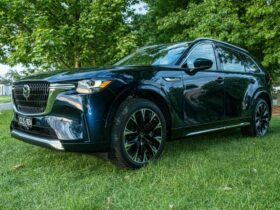
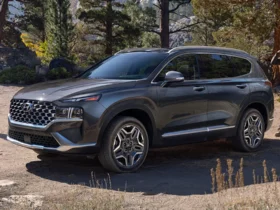
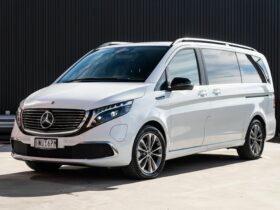

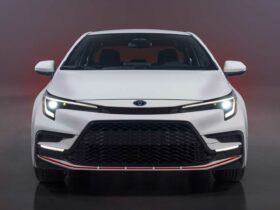
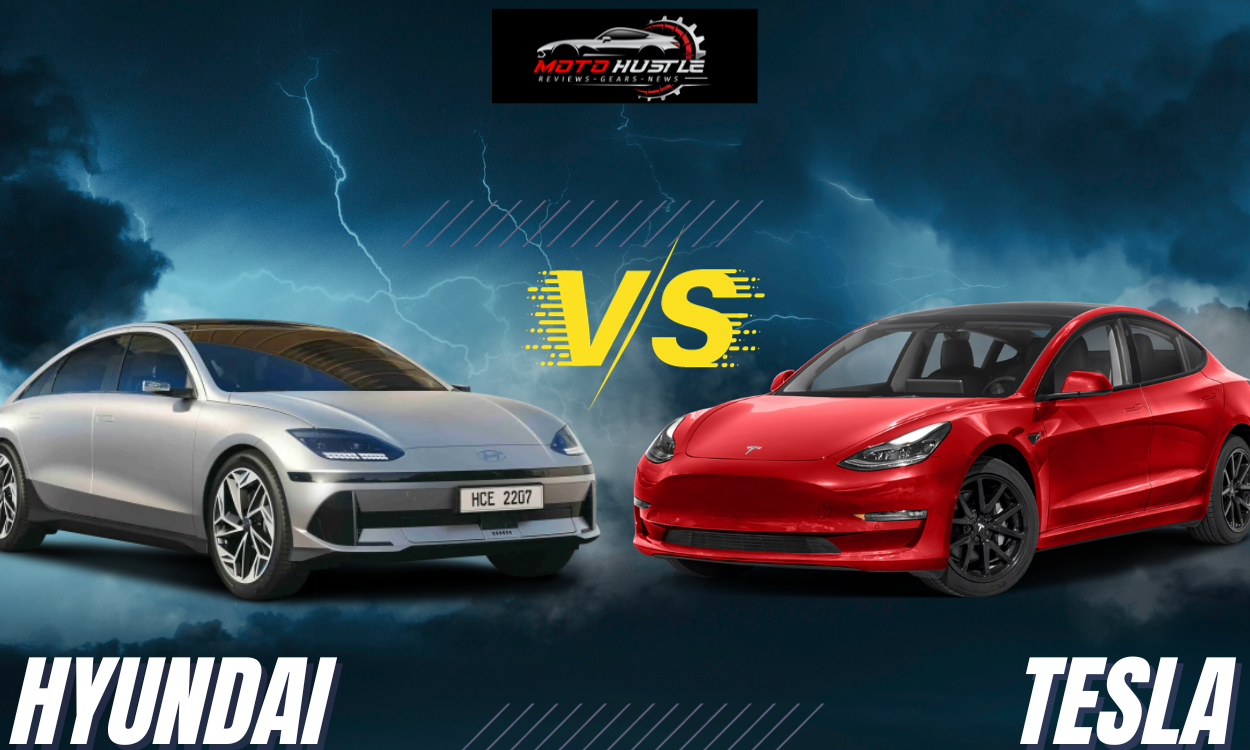

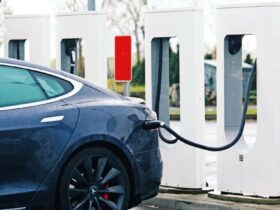

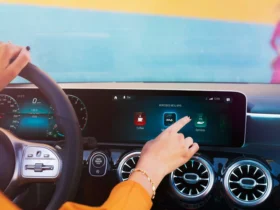
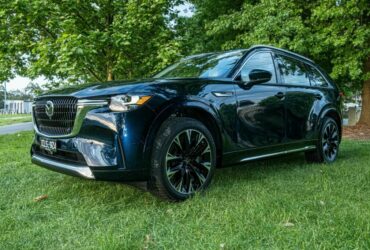
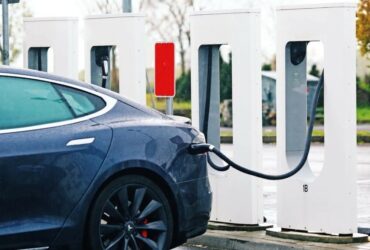
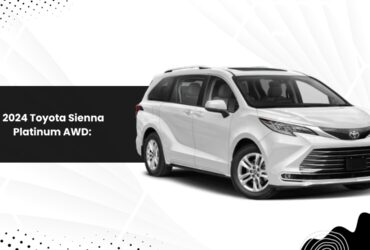
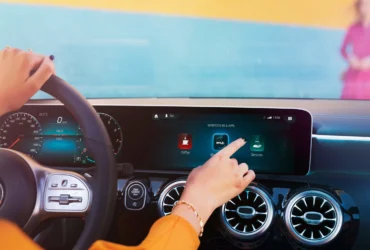

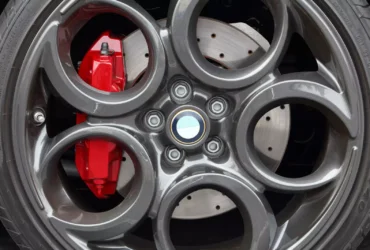
Leave a Reply